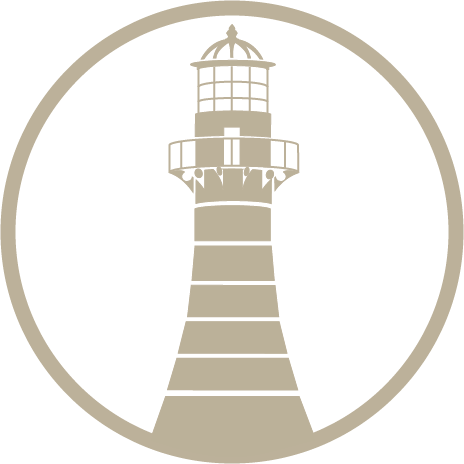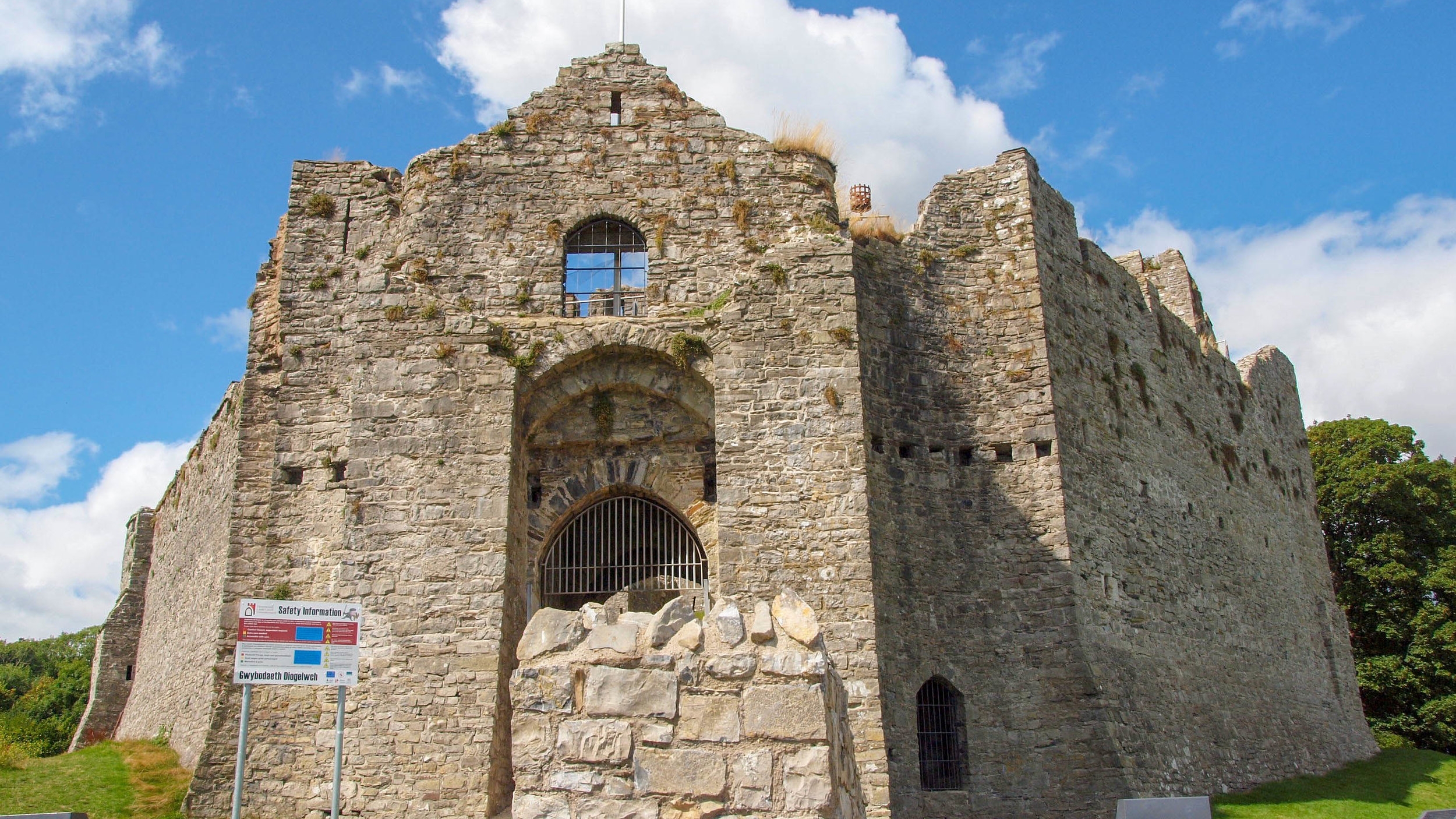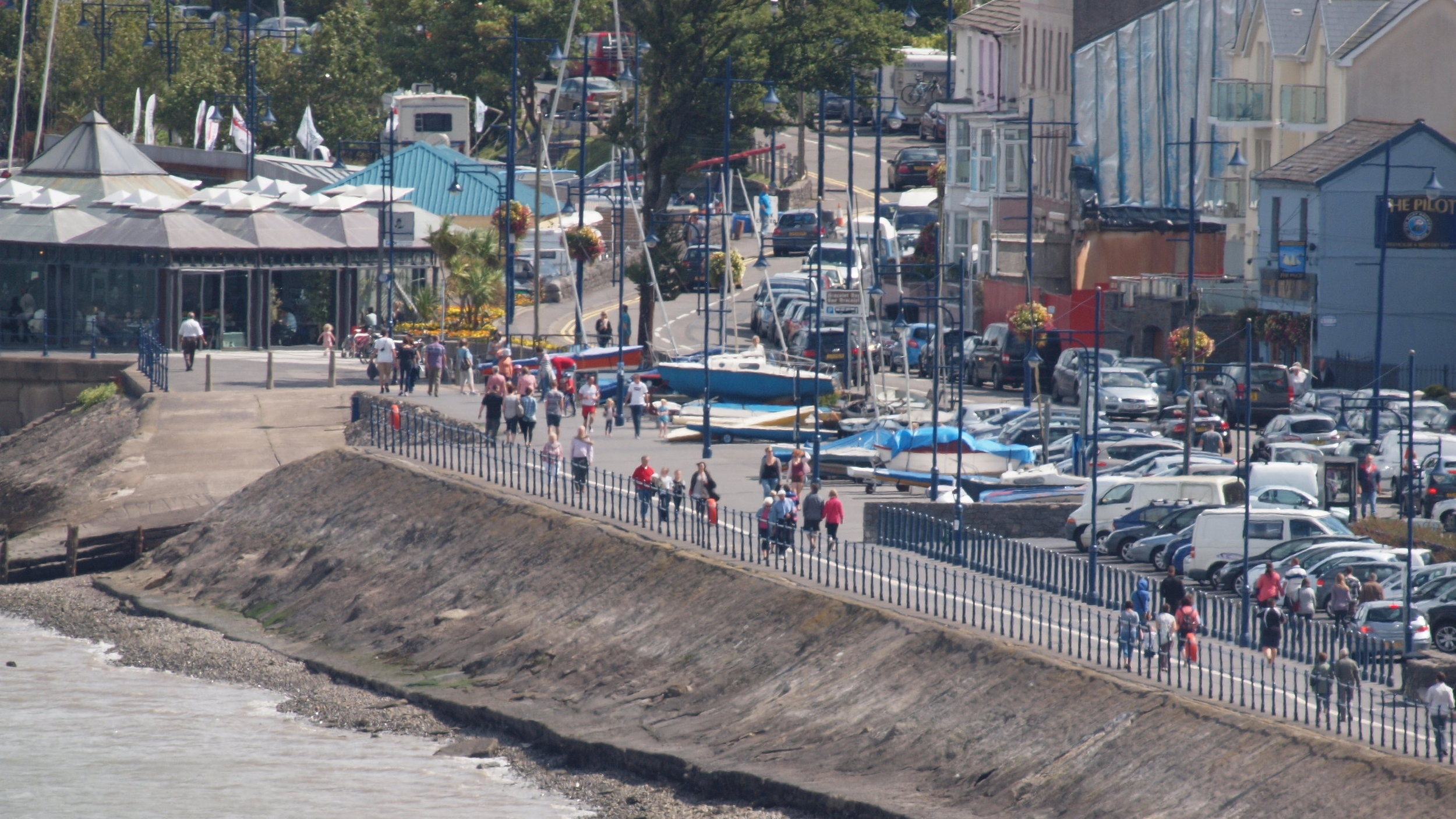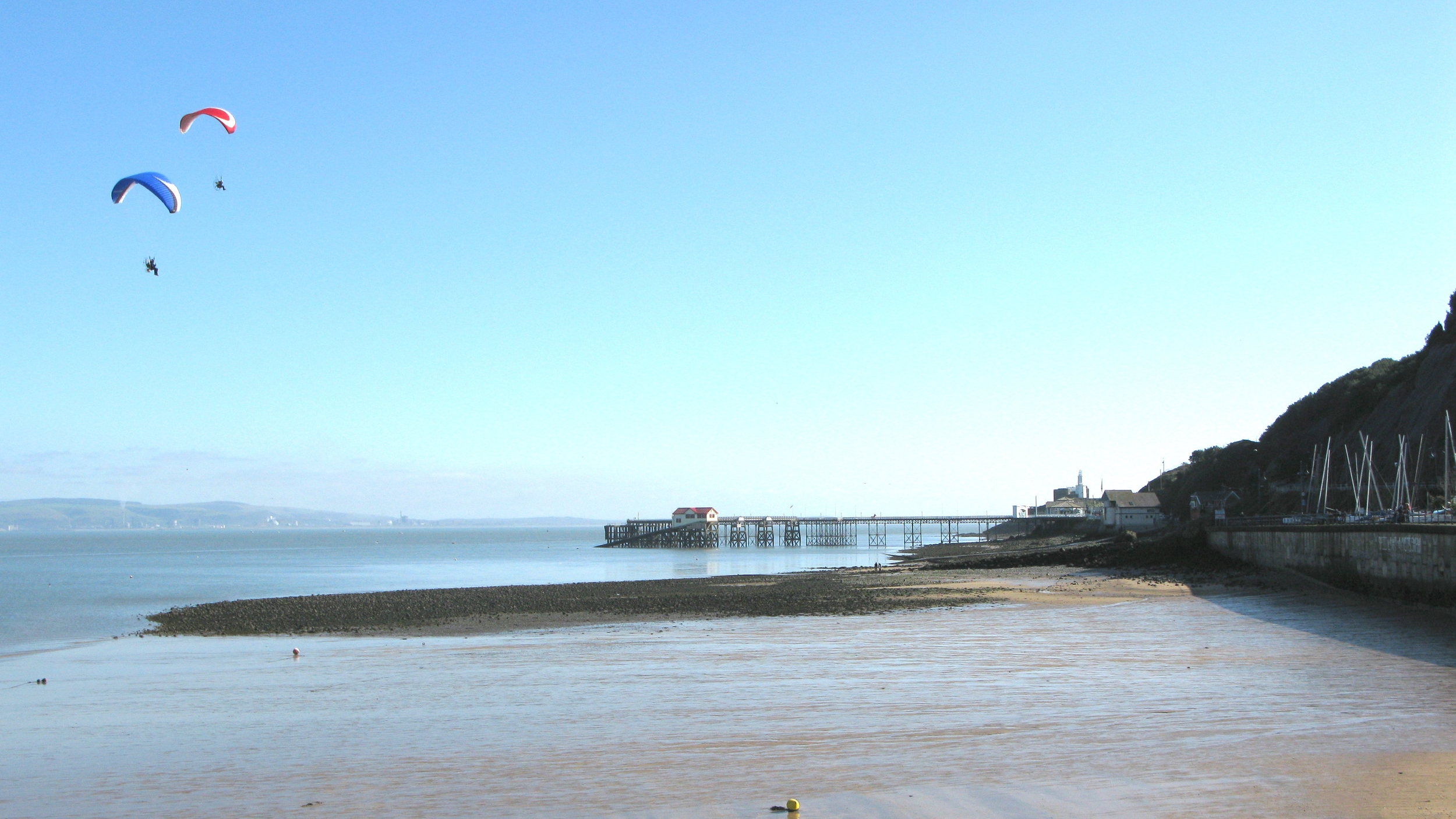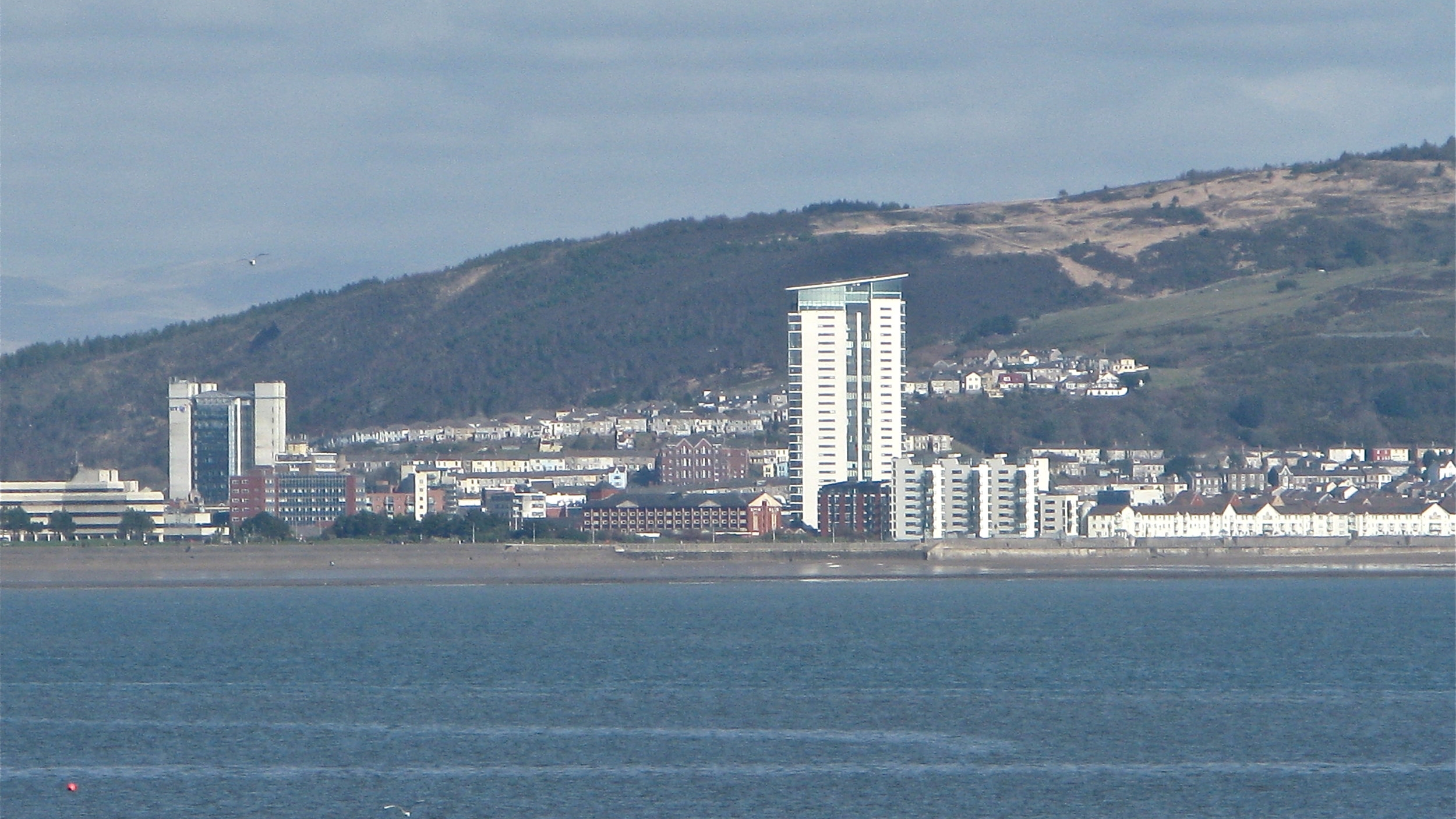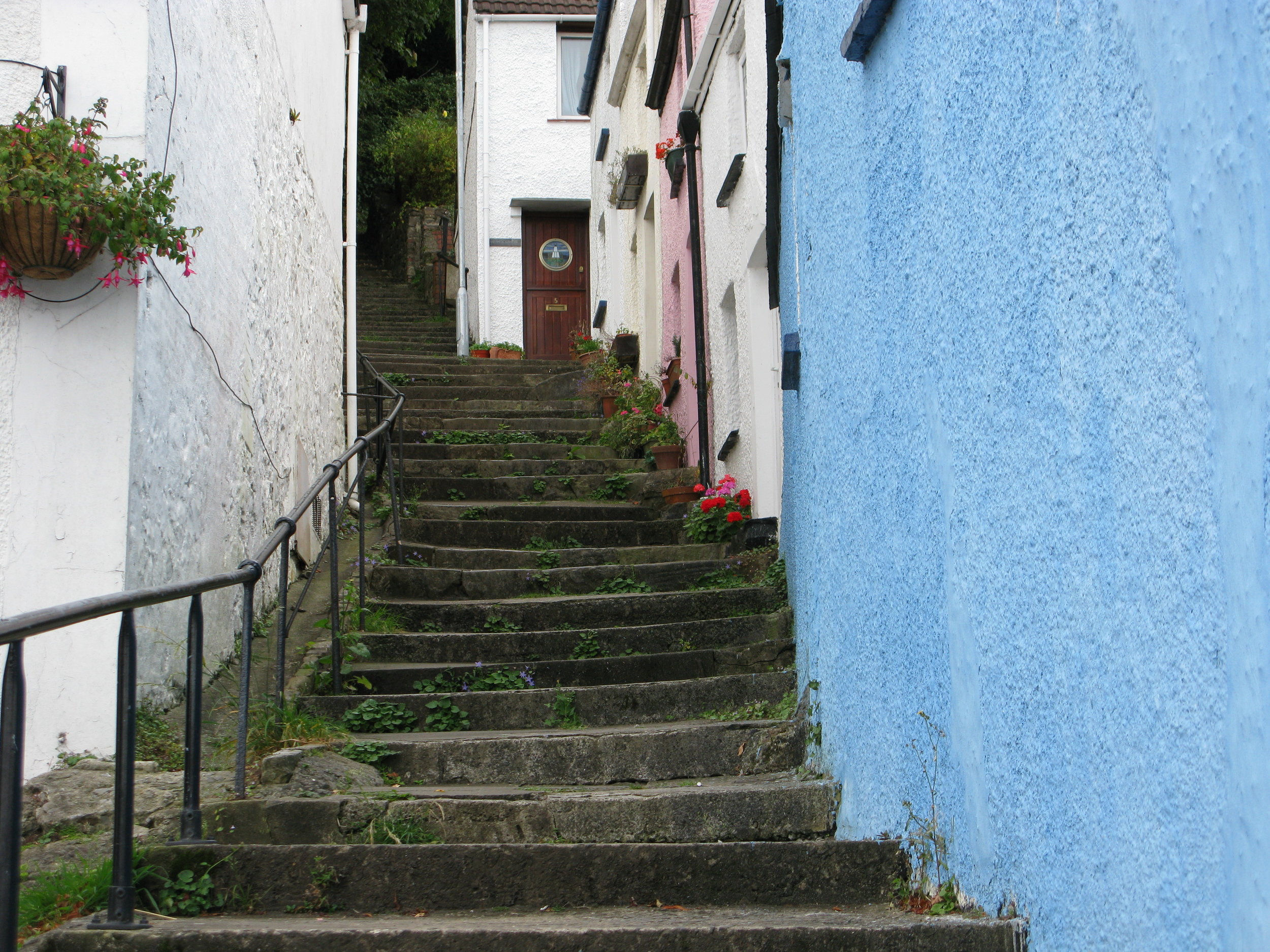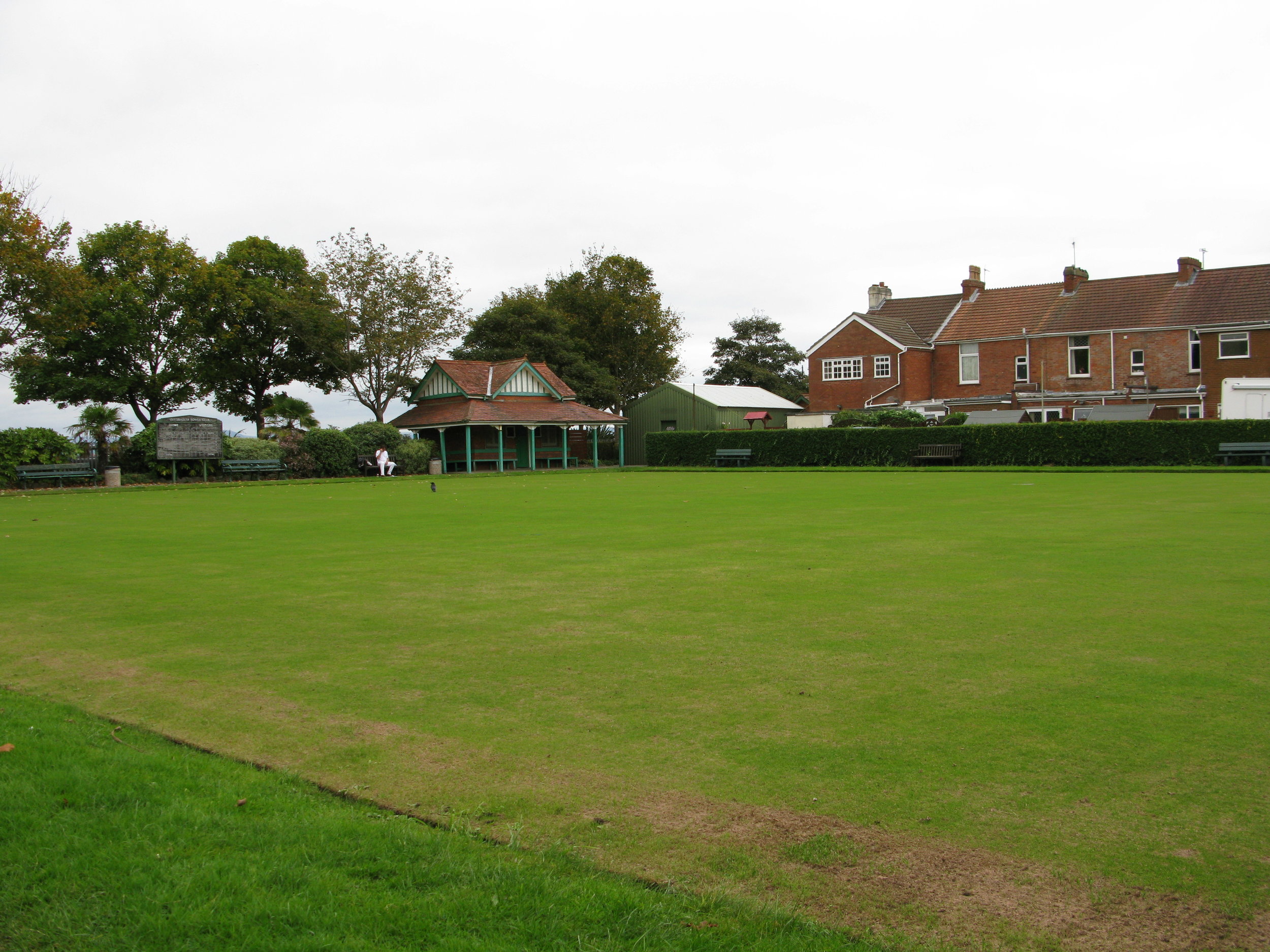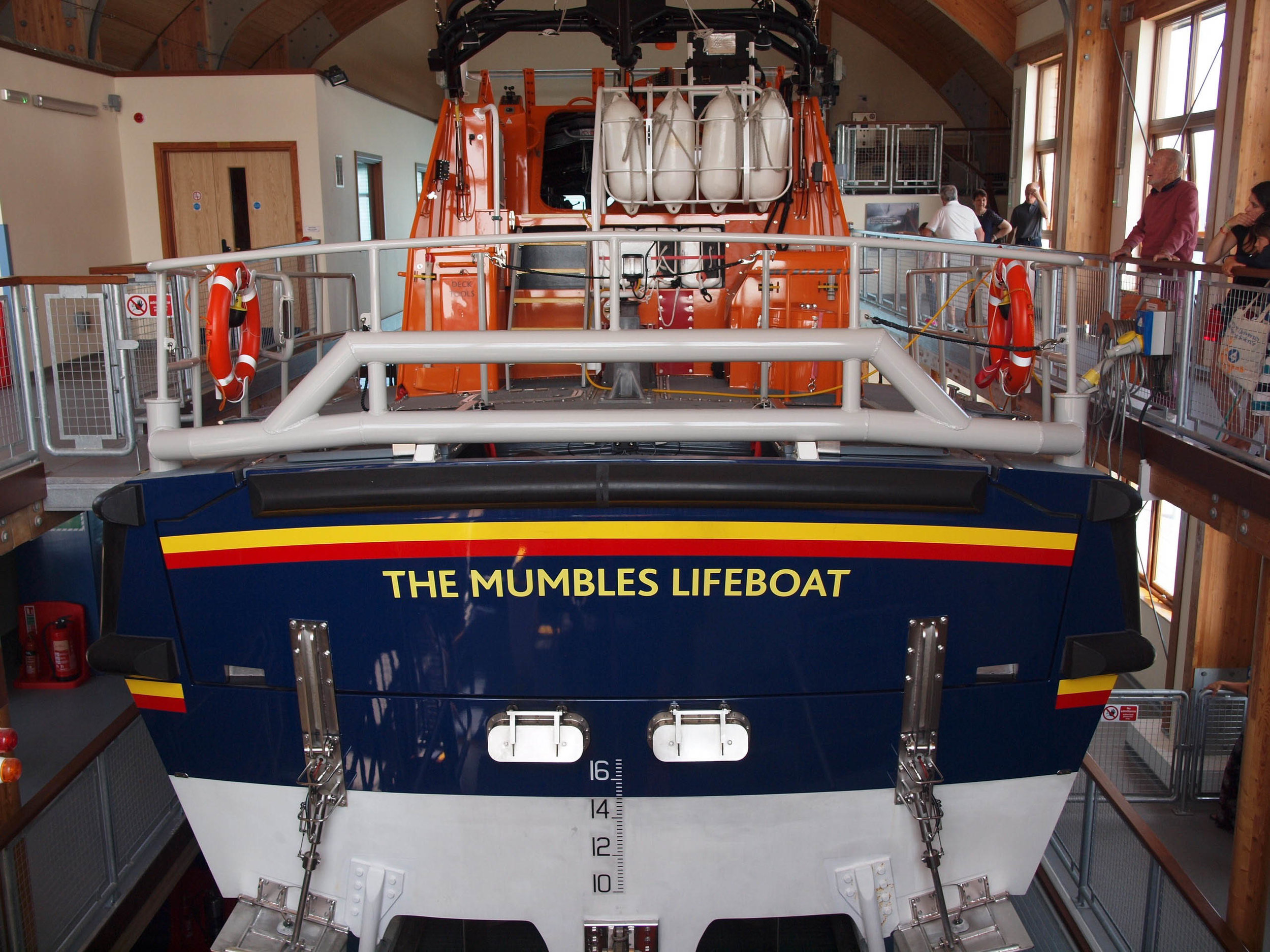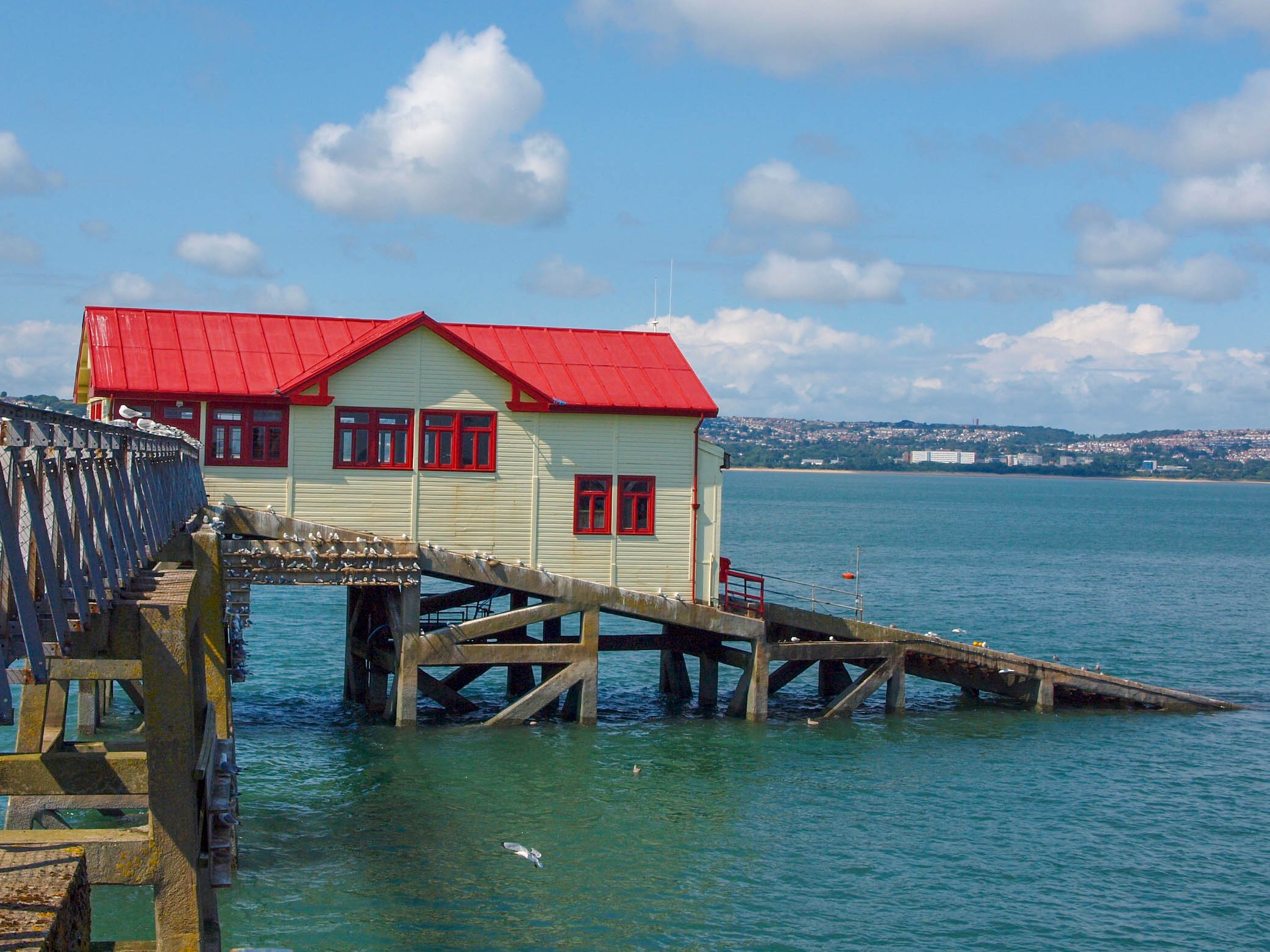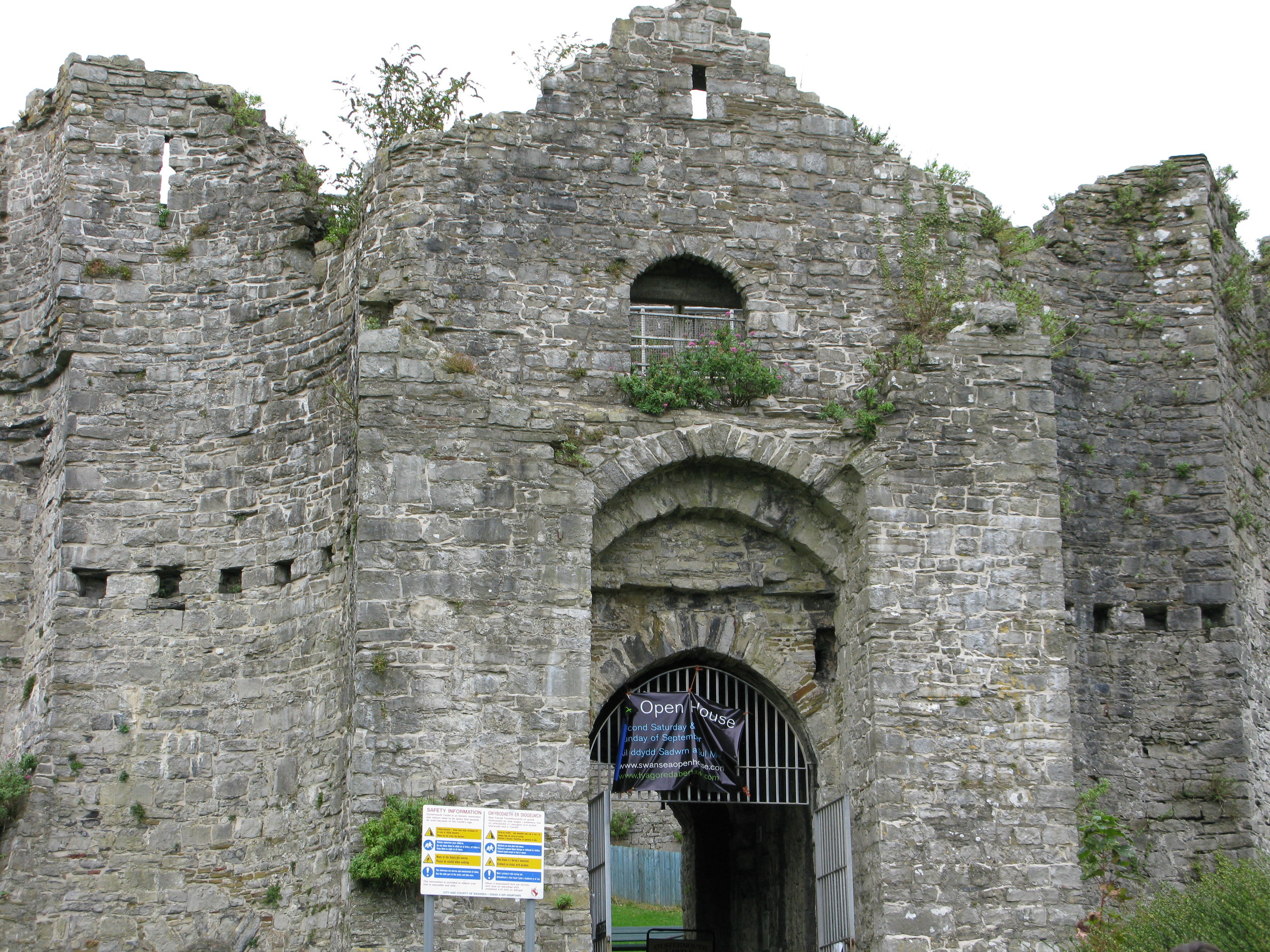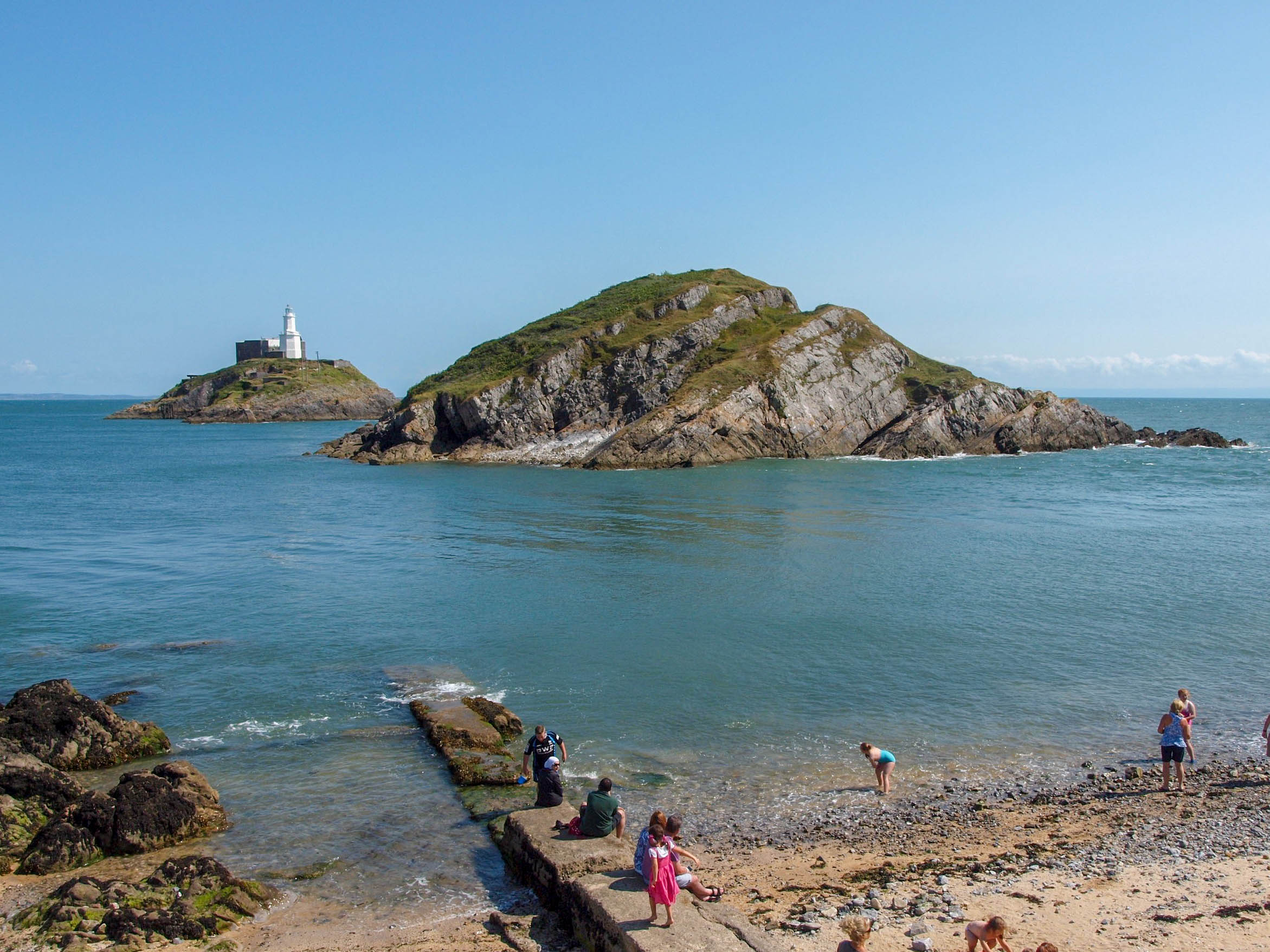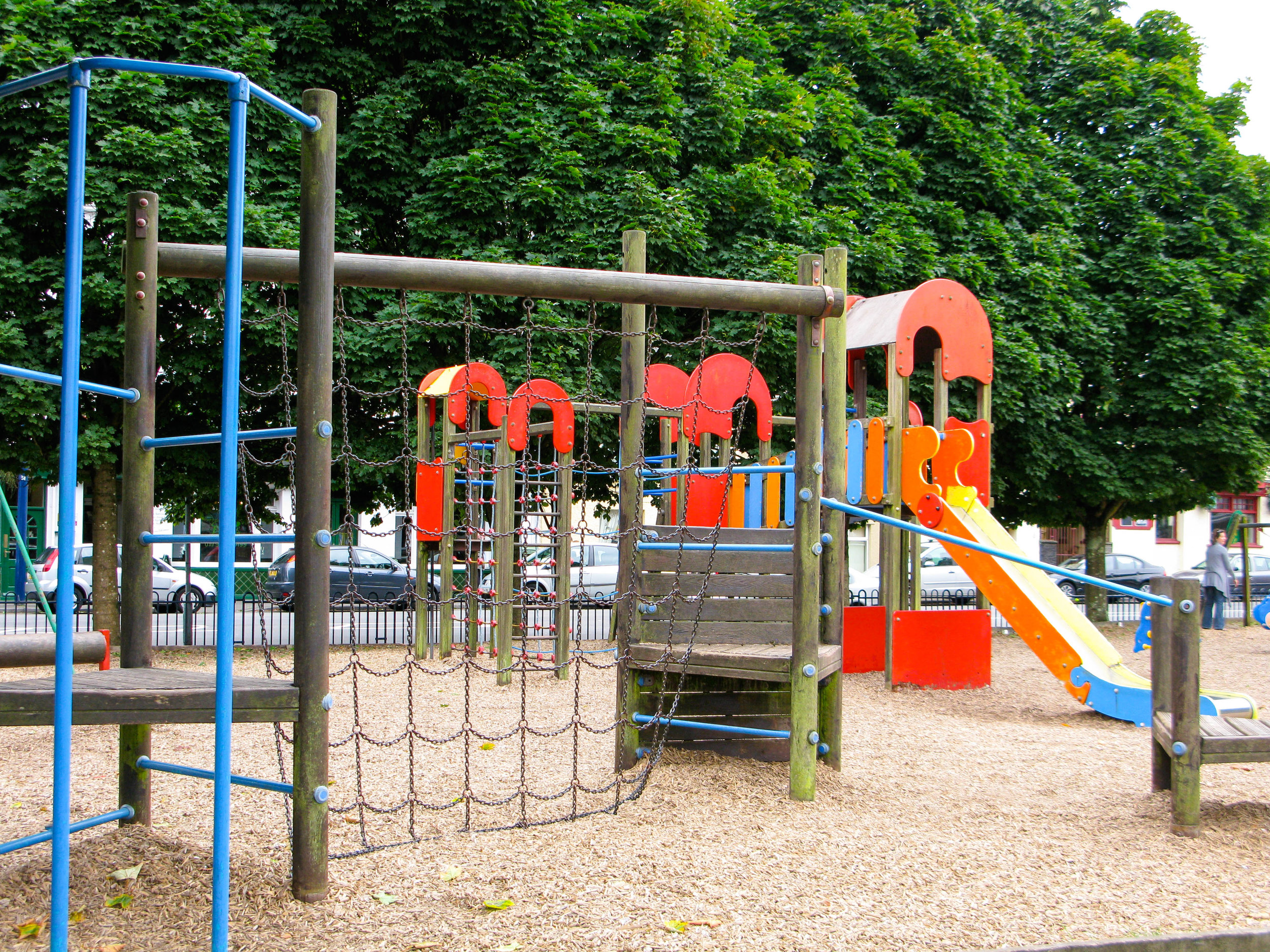Mumbles
Mumbles marks the start of the Gower Peninsula's coastline. It is a popular Swansea neighbourhood. One of Dylan Thomas' many stamping grounds, as well as a source of world-class ice cream. There's a lighthouse that was built in 1794, as well as a Victorian pier. Oystermouth Castle, perched on a hilltop with spectacular views of the sea, is also well worth a visit.
Mumbles has a special place in the hearts of both visitors and locals. People from outside Wales may not have heard of it, but once there, they will find it unforgettable. To begin with, the name Mumbles is derived from the French word mamelles, which means "breasts," and originally referred only to the two islets at the end of the promontory, but now refers to the entire village.
Oystermouth Castle | Oystermouth Square | The Mumbles Train | The Oyster Trade | Mumbles Pier | Mumbles LifeBoat | Mumbles Lighthouse
The village is an extraordinary place to live and visit, and its magic never wears off, whether you're returning home for the thousandth time down Mumbles Road or seeing it all for the first time. The great sweep of Swansea Bay is on your left, and then, first glimpsed through pine trees, a huddle of small houses cascades down a hill and clings together beneath a steep cliff as the coast arches sharply to those two islets with their Victorian pier.
Why is Mumbles so intoxicating?
It's not just down to the string of seafront pubs along the famous Mumbles Mile. It must be something to do with the light, the way the bay acts as a giant mirror, amplifying the opalescent sunlight on a fine day, or making the sunlight shimmer if the tide is in with white horses skimming the surface, when the old stone and render of the buildings take on added colour, and everything looks like a perfect seaside resort.
Why is Mumbles so appealing?
It's not just the long stretch of seafront pubs along Mumbles Mile. It must be the light, the way the bay acts as a giant mirror, amplifying the opalescent sunlight on a sunny day, or making the sunlight shimmer if the tide is in with white horses skimming the surface, when the old stone and render of the buildings take on added colour, and everything looks like a perfect seaside resort.
Quality of life
First and foremost, Mumbles, like all of the best places to visit, is a real place where people live and work, and visitors blend in with them rather than taking over.m People say that once they move to Mumbles, they never leave, and who can blame them?
Mumbles has a true sense of community and history, a proper Norman castle on a mound with flags fluttering from its towers, plenty of good shops, cafés and restaurants, pubs that are 'locals' like all pubs used to be, magnificent landscape, sandy beaches sought after by surfers as well as families with small children, and great walking are all available. All of this is located not only next to a designated Area of Outstanding Natural Beauty, but also next to Wales' second largest city.
“According to the Sunday Times, Mumbles ranks high
among the best places to live in Wales”
Orientation
If you visit by car on any decent weekend, and certainly in the summer season, be aware that like most peninsulas, there is only one way in and out. However, any delays are certainly softened by that wonderful view. Meeting Mumbles Road at right angles by the White Rose pub, Newton Road is the high street of Oystermouth, as this part of Mumbles is called. It leads to the two European Blue Flag bays of Langland and Caswell. Halfway up Newton Road, the view opens up on the right to reveal Oystermouth Castle, strikingly placed on a green hill. There’s a satisfying mix of shops, becoming progressively more stylish and designer the further up the hill you go, with some good restaurants and cafés. Back down at the junction with Mumbles Road, we are about a mile away from Mumbles Pier.
If your legs are in good order, it’s a comfortable, flat stroll, with much to see and savour along the way. As well as the famous pubs, some of them not much changed since Dylan Thomas’s day, there are restaurants of real distinction, excellent ice-cream parlours, shops selling original crafts, tennis courts, crazy golf and a playground, and the famous Mumbles lifeboat station. Although this is a seaside resort, don’t expect to find much for the bucket-and-spade crowd along the promenade, as the beaches are on the other side of the headland. The pier, however, is a complete family attraction in itself and certainly makes the walk worthwhile.
If you have the energy, detour up any of the streets to catch the true flavour of Mumbles. You will find narrow, winding streets with tiny cottages, where fishermen and quarrymen once lived, and increasingly dramatic views the higher up you get.
Beaches
Beyond the pier are two small, sheltered beaches, Bracelet Bay and Limeslade. From Bracelet Bay there are fine views of the 18th-century lighthouse and 19th-century fort on the outer islet. In clear conditions, you can see the coast of Devon from rugged Limeslade, which is perhaps more smugglers’ cove than beach. Between the two, you can pick up the well-maintained, switchback coastal footpath, which continues along the edge of increasingly wild, wave-battered cliffs for about a mile to the glorious Langland Bay, lined with traditional beach huts, and onwards to Caswell Bay. Both are excellent, clean beaches with plenty of sand and rock pools, traditional seaside amenities and substantial car parks. Langland also has tennis courts. When the waves are up at either Langland or Caswell, you will probably witness some spectacular surfing at all times of year. Sailing and other water sports are also much in evidence all around Mumbles.
Planning your visit
Mumbles is the largest village in the Gower and as good a base as any for visiting the peninsular. For those who like some bright lights after a hard day in the open air, its main advantage compared with the rest of the Gower is its wide choice of amenities and nightlife. Good cuisine of all kinds is readily available, and many of the pubs also offer very decent, generously proportioned food.
There is a broad mix of hotel, guesthouse and some self-catering accommodation, though if you intend to visit in the season you should plan well ahead and book in advance. There is more than enough to see and do, especially if the weather is fine, and you need not fear boredom if the weather proves to be fickle, for then is the time to head into Swansea for the museums, art galleries, Plantasia and so on, or check out the numerous visitor attractions in the Gower and the outskirts of Swansea.
